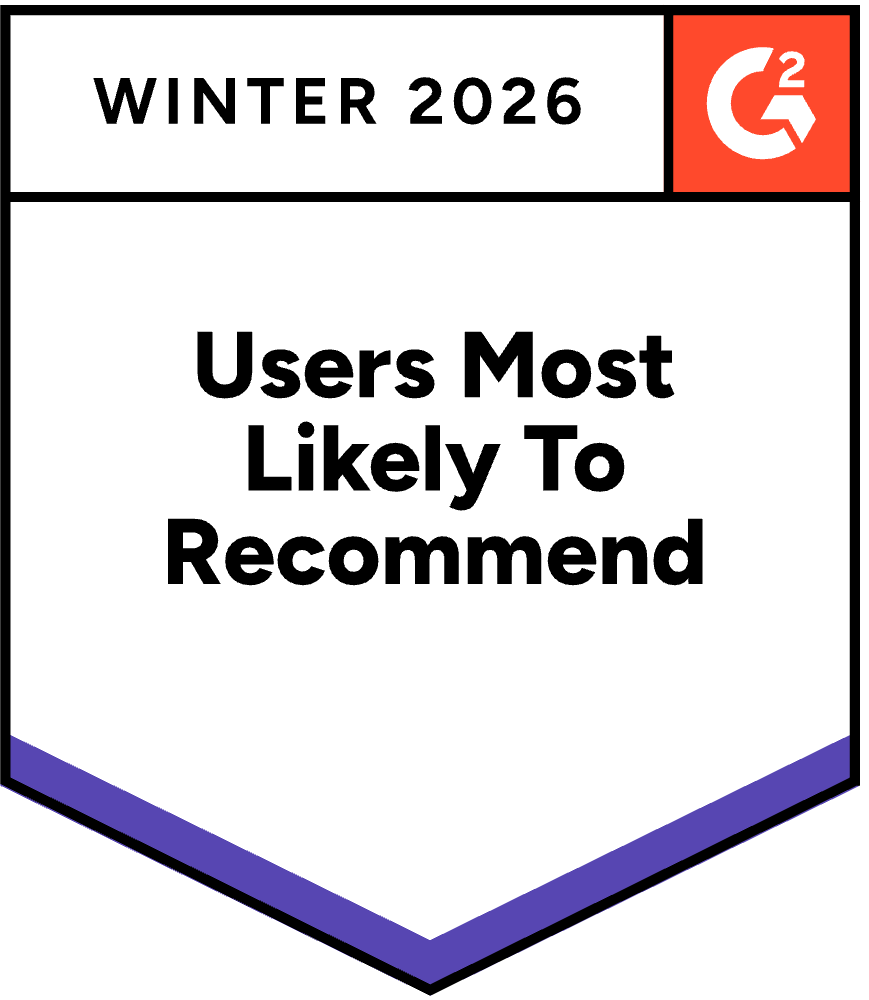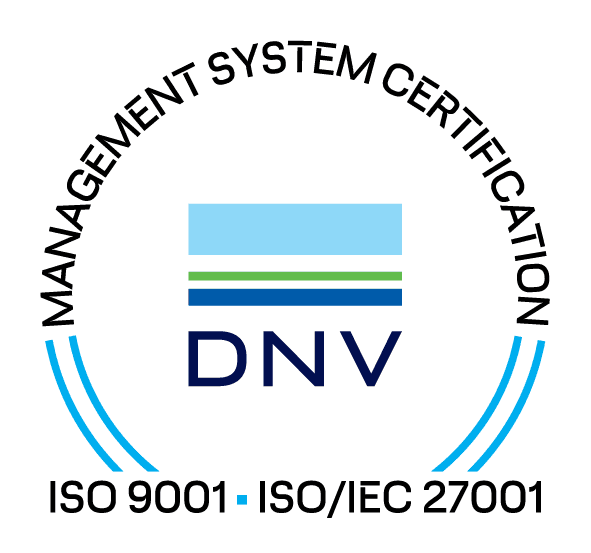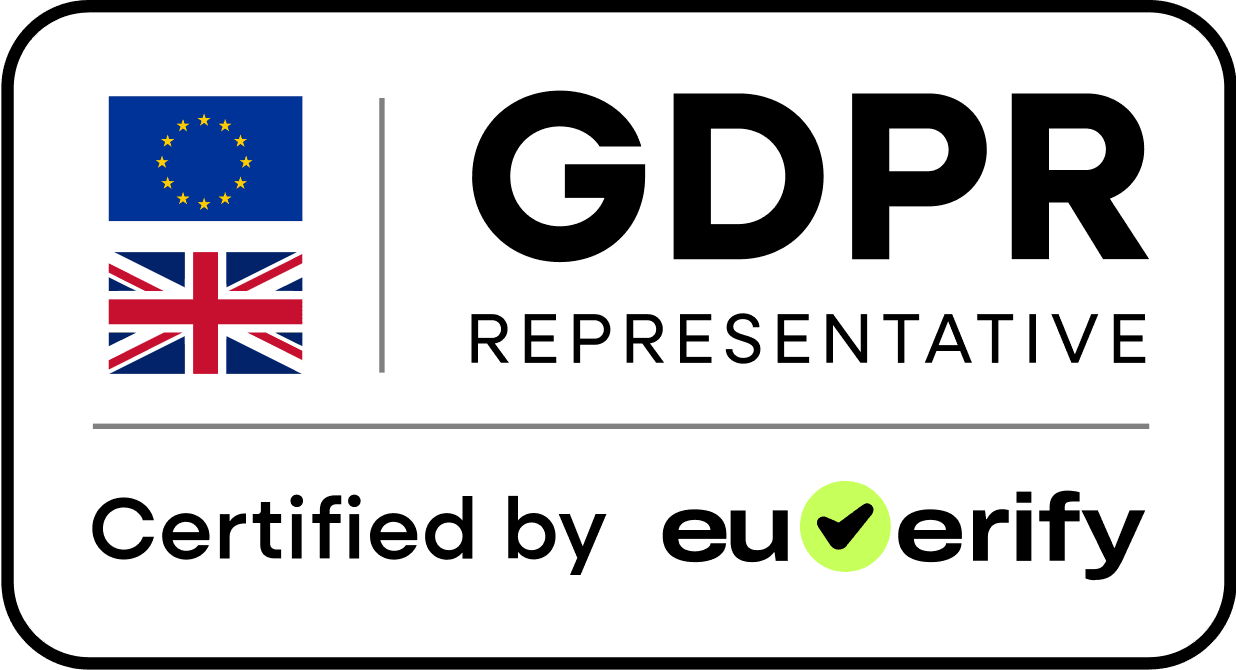GRC (Governance, Risk, and Compliance) is how organisations stay in control — making sure strategy, risk, and obligations are aligned, measured, and managed.

Trusted by hundreds of businesses, from startup to enterprise




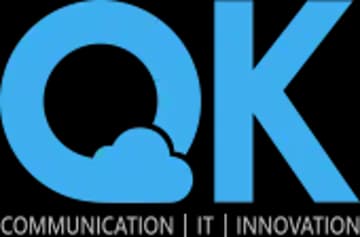


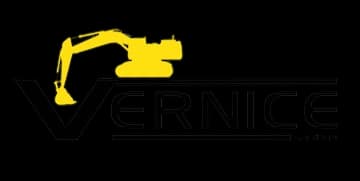
At its core, GRC ensures that how you run your organisation supports what you're trying to achieve, while managing uncertainty and meeting external expectations.
Direction and oversight — setting strategy and accountability
Protecting value by identifying and treating uncertainty
Ensuring obligations are met and proven through evidence
Together, they build trust, reduce surprises, and keep your organisation audit-ready.
A functioning GRC system connects everyday activities to leadership decisions:
Function
Example
Policy
Defines acceptable behaviour or control (e.g., Access Control Policy)
Risk
Identifies potential failure (e.g., unauthorised access)
Action
Implements control (e.g., enable MFA)
Compliance
Links control to a standard (e.g., ISO 27001 A.5.23)
Evidence
Demonstrates compliance (e.g., screenshot of MFA policy in effect)
All of these steps are traceable within CertCrowd's connected modules.
Links departments through shared data and accountability
Turns policy into measurable performance
Tracks all risks, controls, and issues in one dashboard
Evidence and actions are pre-linked to requirements
GRC isn't a one-off project — it's a continuous improvement loop.
See how organizations apply GRC principles across different contexts

Leadership sets direction through board-level oversight, ensuring alignment between business objectives and compliance obligations.
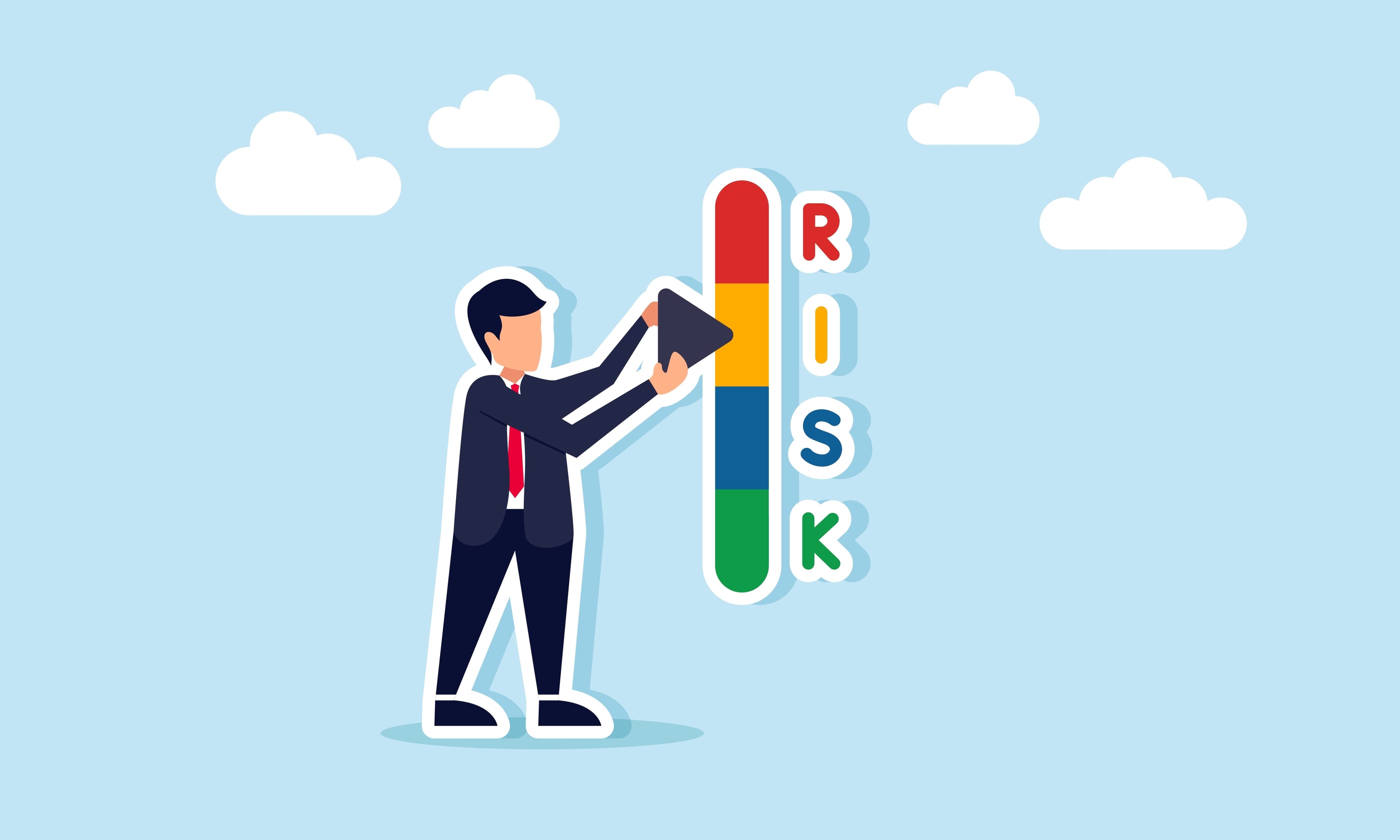
Identify, assess, and treat risks before they become issues. Connect risk treatment to actual controls and evidence.

Teams work together to meet requirements, share evidence, and maintain continuous compliance across frameworks.
This lifecycle repeats — strengthening resilience with each iteration.
Policies, roles, and objectives
Identify and score risks
Implement treatments and actions
Track effectiveness and incidents
Audit results and adjust strategies
GRC underpins most modern standards, including:
ISO 27001
Information Security
ISO 9001
Quality Management
SOC 2
Trust Services Criteria
NDIS Practice Standards
Service Governance
ISO 42001
AI Management System
These frameworks are different lenses of the same GRC principles.
CertCrowd simplifies GRC through connected modules:
For governance (policies, procedures, and roles)
For risk assessment and treatment
For compliance obligations
For continuous improvement
For assurance
Outcome: One live system that connects your governance framework to measurable results.
Manage governance, risk, and compliance from one place with CertCrowd.

